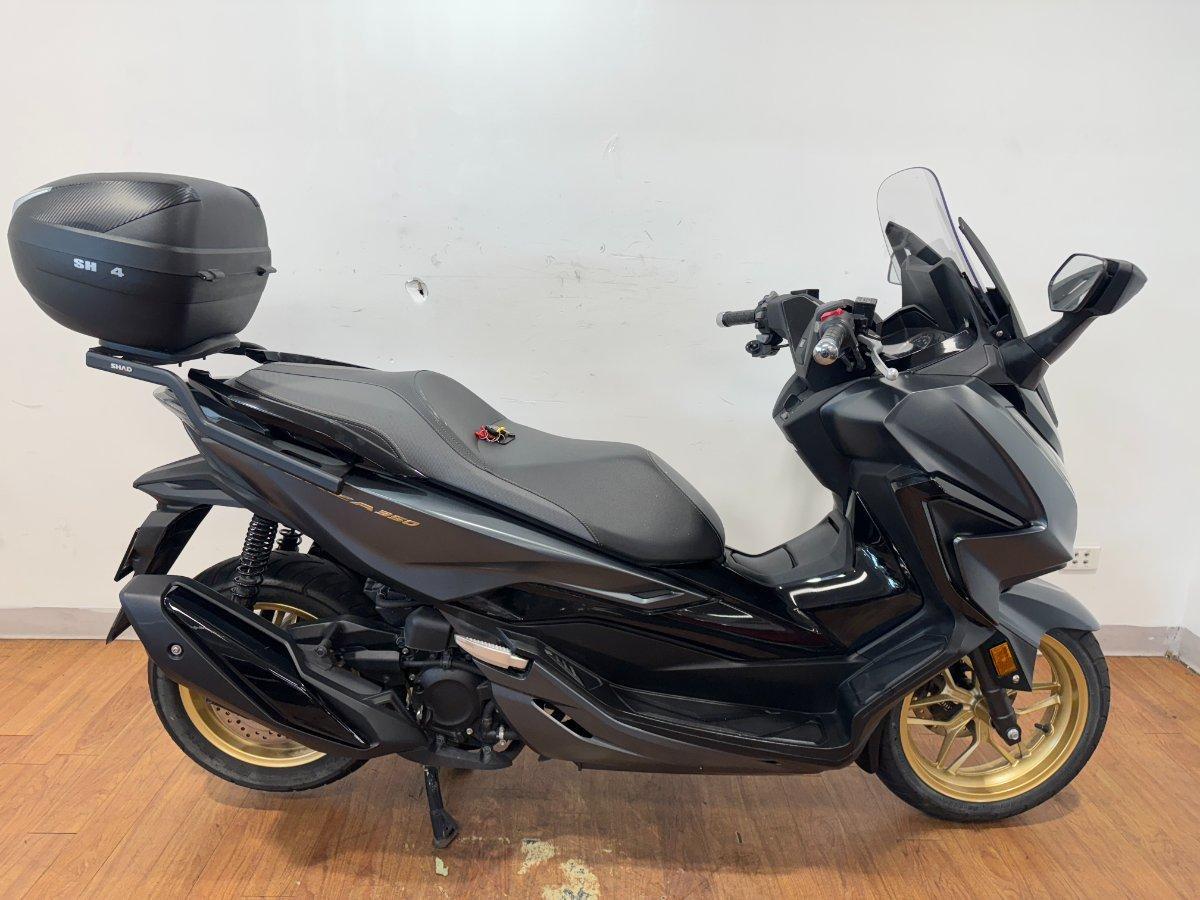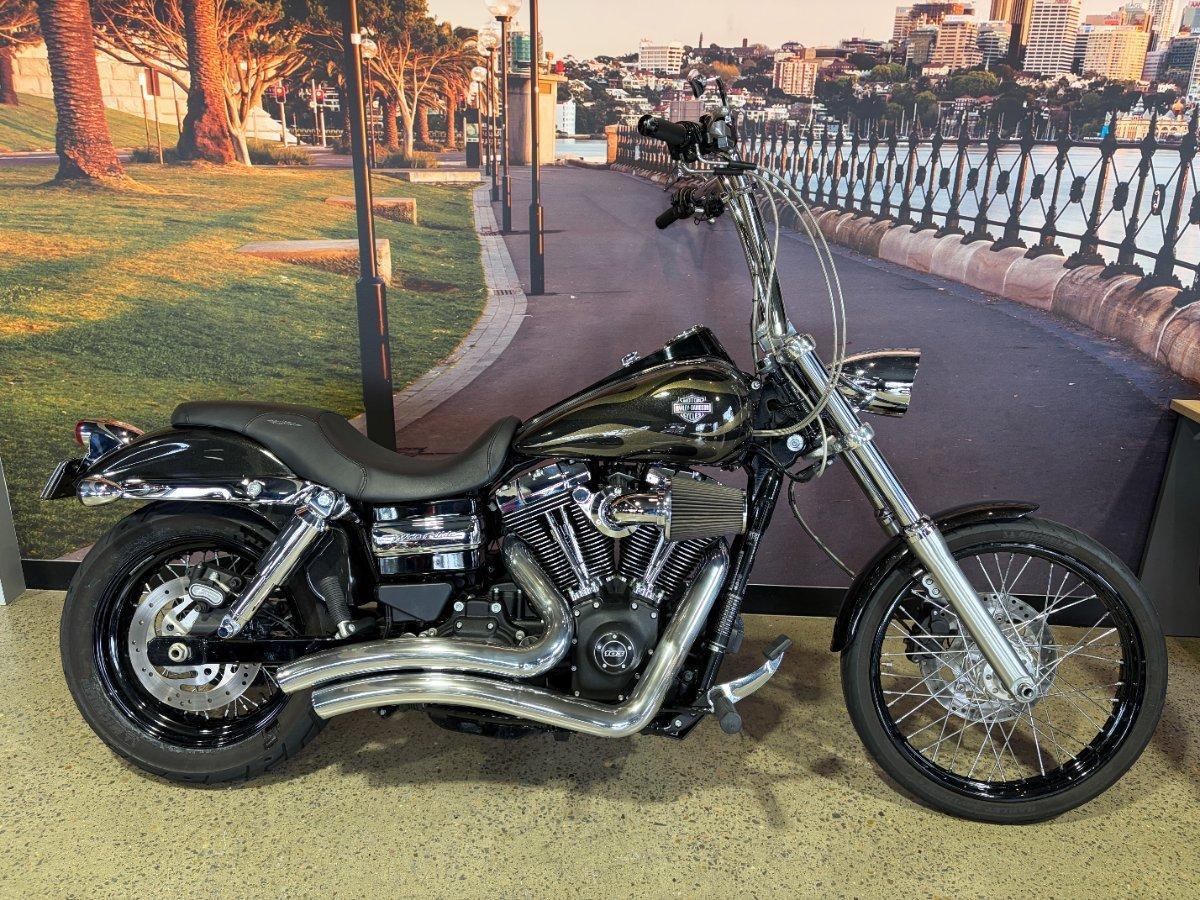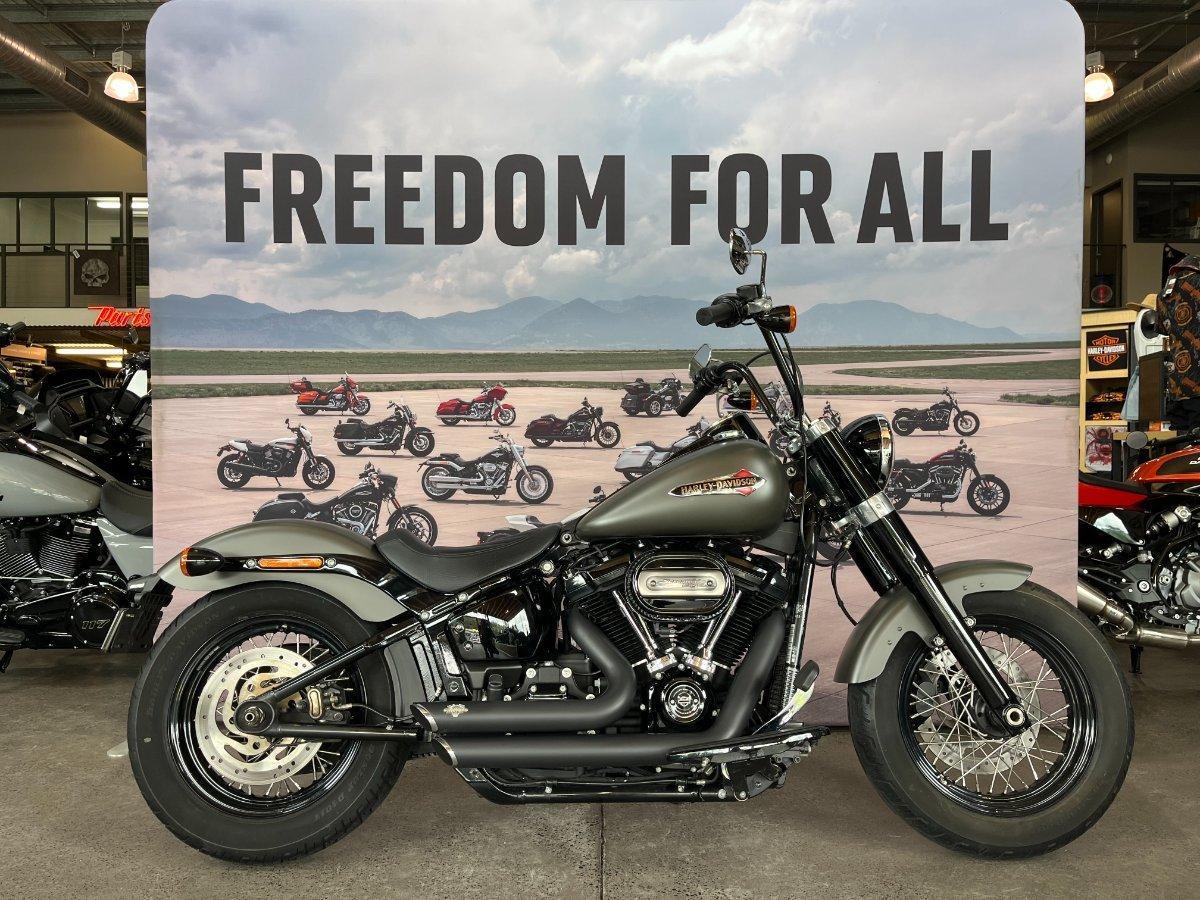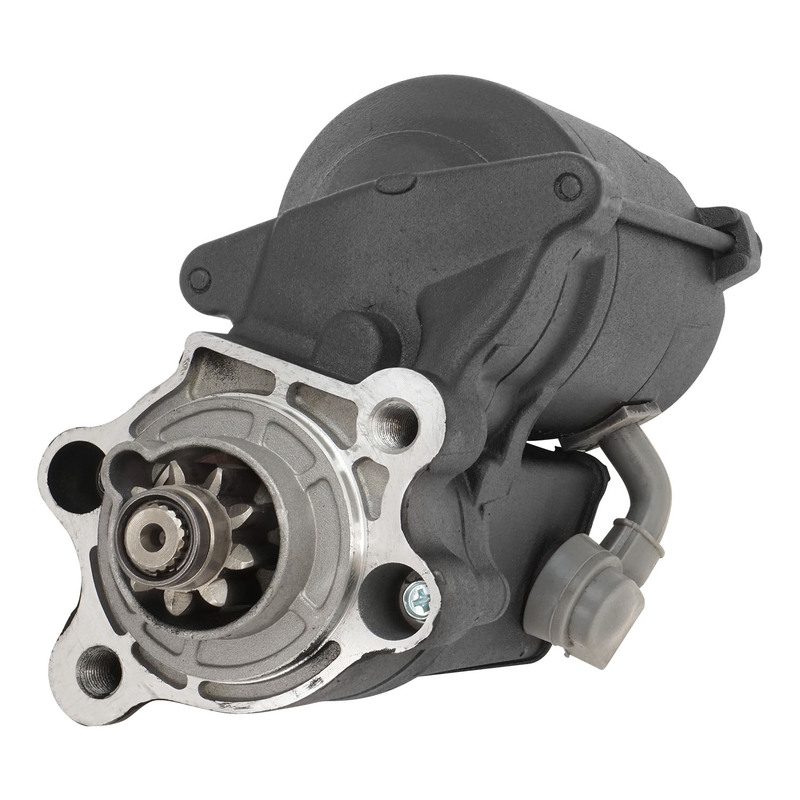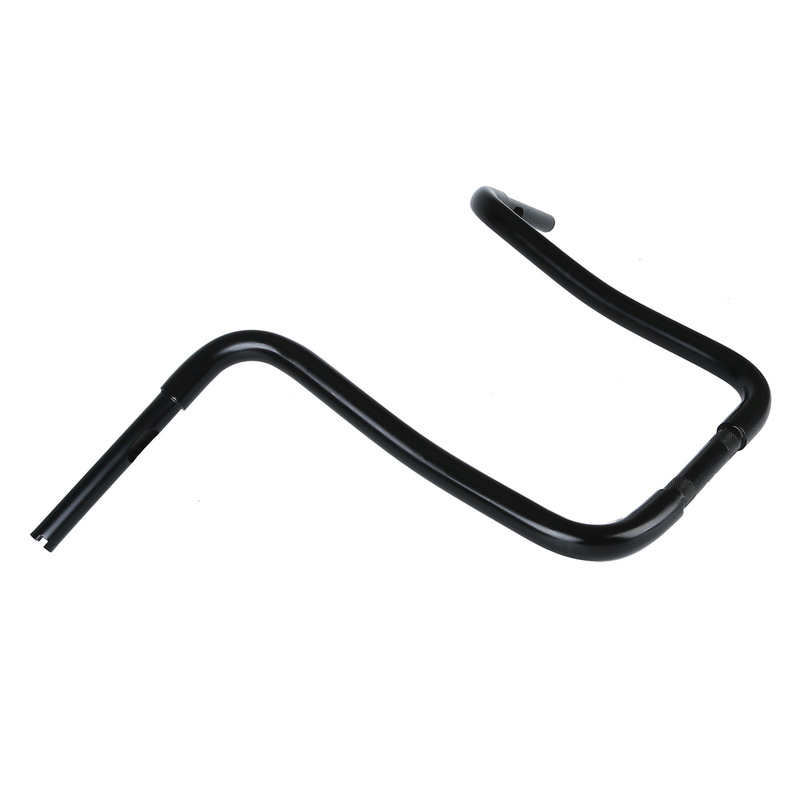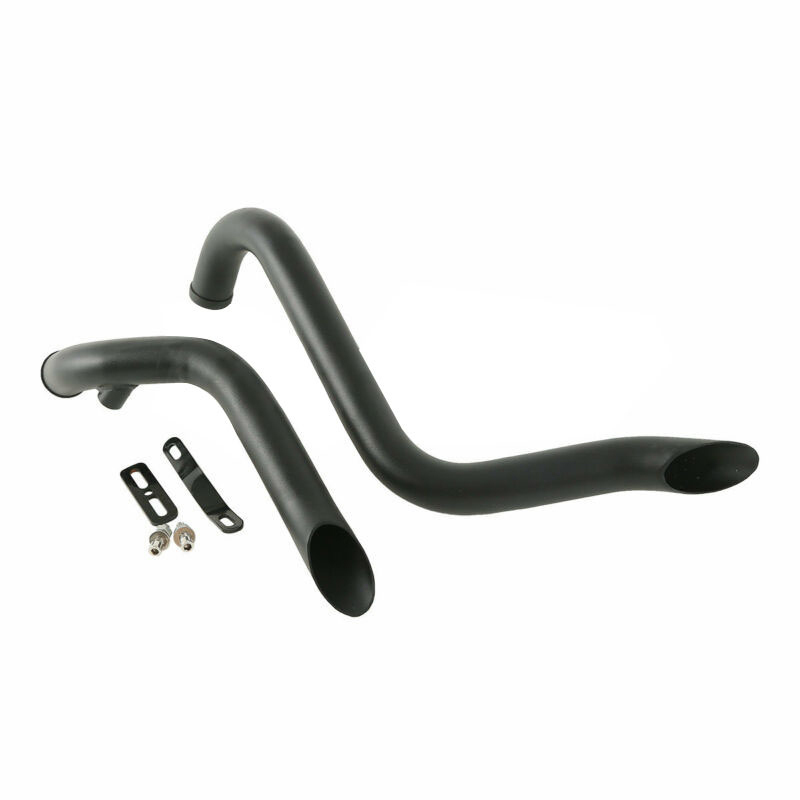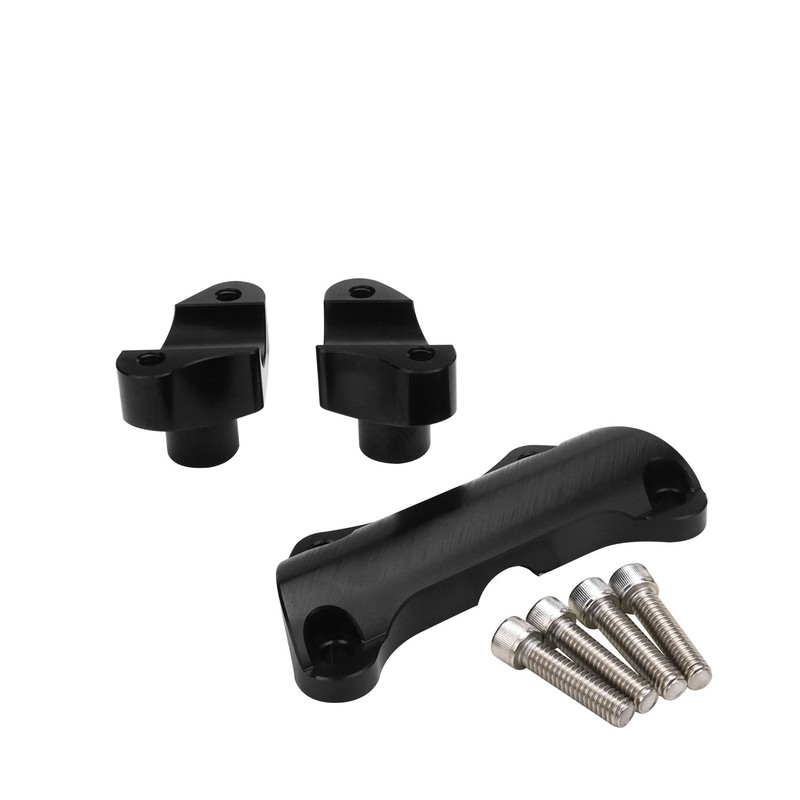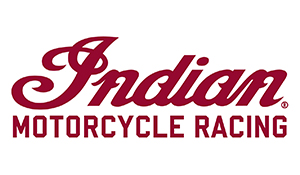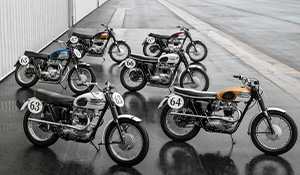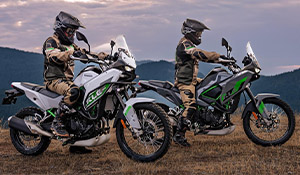Kawasaki previews ‘Eliminator’ cruiser
As part of a major release of new and updated models announced in June, Kawasaki will bring back the ‘Eliminator’ name this year, applying it to an all-new LAMS cruiser based on the current 400cc parallel twin Ninja 400 and Z 400 models.

Kawasaki unveiled the all-new model at the Osaka Motorcycle Show in March, with Japanese market release following in April. Australian release has recently been confirmed, with deliveries expected later this year. Whether the Eliminator will replace or supplement the LAMS-legal Vulcan S in Kawasaki’s lineup is unknown at this stage.

While it features a smaller capacity engine and higher seat compared to the Vulcan S LAMS, what will work in the Eliminator’s favour is that it’s a physically smaller bike and 50kg lighter; a significant factor for many first-time riders.
Two variants of the all-new cruiser were launched in Japan - Eliminator and Eliminator SE - and both will be coming to Australia. They share the same engine, frame, brakes, suspension and other parts, with the differences being mainly cosmetic.

The Eliminator name has history with Kawasaki going back to 1985, when it was applied to a version of the GPZ900R with cruiser styling. The name was used on many subsequent Kawasaki models of varying engine capacities and configurations in the years that followed, and last appeared on a 125cc four-stroke single for European and UK markets in 2007.

The all-new Eliminator will arrive in a greatly reduced LAMS cruiser market in Australia, with Harley-Davidson’s Street 500 discontinued and both Yamaha and Suzuki no longer offering a cruiser of any type. The upcoming model’s most obvious rival in the LAMS market is the Honda CMX500, but it’ll also be going against Royal Enfield’s Meteor 350 and, to a lesser extent, the Super Meteor 650. Other competitors include the Benelli 502C and CFMoto 700 CL-X, although these models stretch the definition of ‘cruiser’ with their aesthetics.

More Torque, Less Power
Rather than directly drop in the 399cc engine from their Ninja and Z 400 models, Kawasaki have stroked the parallel twin to 451cc. Compared to the Ninja and Z 400 engine, bore remains at 70.0mm, but stroke increases from 51.8mm to 58.6mm. The 52cc capacity increase should make the Eliminator more competitive against the 471cc Honda CMX500.
Despite the increased displacement, the Eliminator actually offers less power than its parallel twin siblings, with 33.4kW at 9,000rpm from the 451cc twin against 35.0kW at 10,000rpm from the 399cc version in the Ninja and Z 400. However, there is significantly more torque, listed at 42.6Nm at 6,000rpm, compared to 37.0Nm at 8,000rpm from the 400 twins. By way of comparison, the Vulcan S LAMS offers 35.0kW and 53.0Nm from its 649cc parallel twin in restricted LAMS spec.

Compression ratio is changed from 11.51 to a milder 11.3:1 and there’s a modified exhaust system, but most other engine specs are unchanged, including 32mm throttle bodies, digital ignition and liquid cooling. Fuel capacity is 13 litres, down from 14 in the Ninja and Z 400.
Primary and final ratio gearing for the six-speed transmission has been modified to suit the revised engine characteristics, but a wet, multi-disc clutch from the 400 twins remains, as does chain final drive.

Cycle Specs
The Eliminator is built around a lightweight steel trellis frame, with conventional, non-adjustable suspension at each end, befitting an entry-level bike. The 41mm forks offer 120mm of travel, while the twin rear shocks (the other 400 twins use a monoshock rear) have 90mm of travel.
The wheel combination is 18-inch front and 16-inch rear, while brakes consist of a single 310mm front disc and 240mm rear disc, both with two-piston calipers. Dual-channel ABS is standard.

Dimensions are 2,250 x 785 x 1,100mm (LxWxH), wheelbase is 1,520mm and ground clearance is 150mm. As mentioned, the Eliminator is 50kg lighter than the 226kg Vulcan S, but the seat height is 30mm higher at 735mm. Optional high and low seats will be available from local launch, adjusting height up to 765mm or down to 715mm.

While the Eliminator is a cruiser, the riding position is still quite upright. This is due to the upcoming model not having the forward controls of the Vulcan S. As part of what Kawasaki calls ‘Ergo Fit’ design, the handlebar position is slightly lower than the Vulcan S, and overall, the ergonomics are actually closer to those of the Ninja 400 and Z 400.

Tech and Features
Common to both upcoming Eliminator variants is an assist & slipper clutch, LED lighting all round and an LCD instrument display. Offset to the nearside, this circular gauge has a ribbon-style revcounter in the upper half of the circle, along with large digital speedo and gear position readouts. Odometer, tripmeter, fuel gauge and smartphone connectivity indicators are in the lower half. Around this gauge are the usual warning lights and buttons to set the tripmeters.
Smartphone connectivity, via Kawasaki’s ‘Rideology the App’, is standard and the pillion pad is said to be “passenger friendly,” presumably meaning it’s well padded.

Choice of Two
Due for Australian release later this year as a 2024 model, the Kawasaki Eliminator will be offered in standard and SE form. The standard version is available in Robotic White and mostly blackout finishing for the frame, engine, wheels and other parts.

The Eliminator SE is finished in two-tone Ebony and Candy Steel Furnace Orange. A headlight fairing, different seat trim and blacked out exhaust heat shield are other cosmetic differences over the base model. The SE also includes a handlebar-mounted USB-C outlet that the base Eliminator doesn’t get. Those extras also mean the SE is 1kg heavier at a listed 177kg wet.

Pricing for the Eliminator had not been announced at time of writing, but will likely be around the $10,000 mark for the base model, with the SE adding a premium of approximately $500. Kawasaki will no doubt be aiming to keep it well under the Vulcan S (which is around $12,000 ride away) and cheaper than the CMX500’s pricing, too.
Further details on the Kawasaki Eliminator are available at Kawasaki



